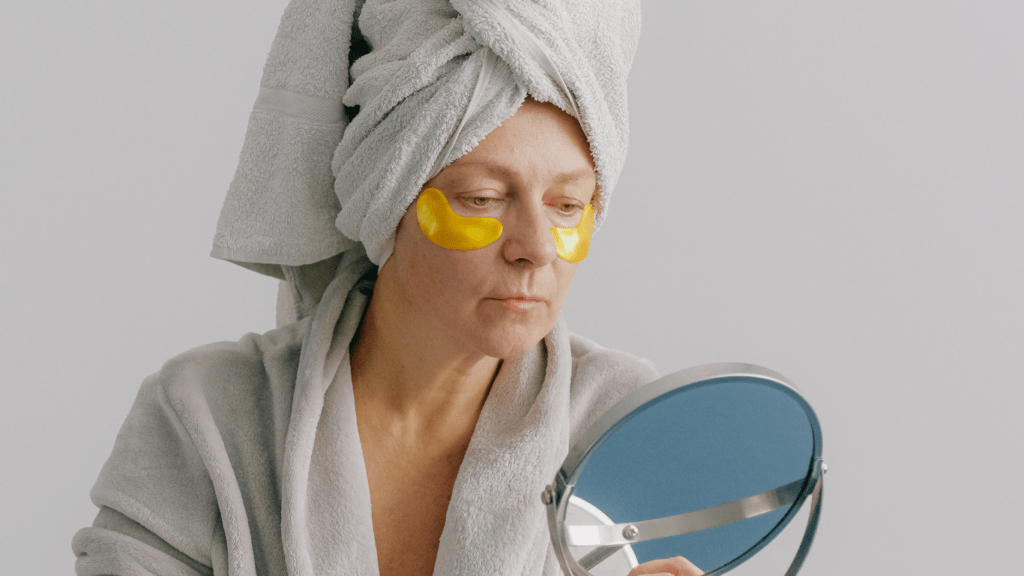When people shop for new hair care products, they often skim ingredient lists without understanding what those complex names actually mean. One name popping up more frequently is one of the shampoo ingredient luvizac, and many are curious whether it’s something to seek out or avoid. If you’re looking to decode what this ingredient does and whether it belongs in your routine, this essential resource offers key insight.
What Is Luvizac?
Luvizac isn’t a stand-alone substance but rather part of a proprietary complex or formulation used in hair care products. More specifically, “Luvizac” is the trademarked name for a class of polymers used in personal care products—especially shampoos and conditioners. These polymers are primarily responsible for thickening shampoo formulations, improving texture, and helping active ingredients spread evenly through your hair.
The term one of the shampoo ingredient luvizac refers to a component derived from Luvizac’s range, tailored to enhance user experience without being overtly recognizable to most consumers.
Why Do Formulators Use It?
In short—because it works. The Luvizac family of ingredients functions as a performance enhancer. To break that down:
- Thickening: Luvizac can improve the viscosity of a product so it doesn’t feel watery or cheap.
- Conditioning Booster: Some versions can form a light film on your strands, locking in moisture post-wash.
- Better Distribution: These polymers help distribute surfactants and actives throughout the hair coach evenly, meaning your shampoo doesn’t just lather better—it works better.
- Stabilizer: It prevents ingredients from separating over time, improving product shelf life.
The inclusion of one of the shampoo ingredient luvizac is a strategic decision meant to deliver tangible performance benefits without compromising formula stability.
Safety and Skin Sensitivity
The scalp’s health is essential for strong hair, which makes safety standards non-negotiable. According to cosmetic chemists and ingredient databases, the Luvizac line has a generally favorable safety profile. These polymers are non-irritating, fragrance-free, and commonly used in various personal care products that meet international safety standards.
Still, individual reactions vary. Those with extremely sensitive skin or diagnosed allergies should patch-test any new hair product—regardless of how safe an ingredient sounds on paper. That said, for the vast majority, one of the shampoo ingredient luvizac adds function without risk.
Does It Suit All Hair Types?
Yes and no. While Luvizac-based ingredients are versatile, their impact depends on the surrounding formula.
- For Curly or Coarse Hair: The moisturizing film that some Luvizac polymers create can help define curls and reduce frizz.
- For Fine or Oily Hair: In some products, the film-forming characteristic might weigh hair down. That doesn’t mean the ingredient’s a deal-breaker; it just needs to be balanced with lighter supporting agents.
- For Color-Treated Hair: Because one of the shampoo ingredient luvizac can help seal in moisture, it may support longer-lasting color by minimizing dryness and brittleness.
Ultimately, it’s not about the ingredient in isolation but how well it plays within the full formula of your shampoo or conditioner.
Misconceptions Around “Chemical-Sounding” Ingredients
Let’s call this out plainly: a complicated name doesn’t automatically mean it’s harmful. In fact, many naturally derived compounds sound lab-made simply because they’re broken down scientifically for broader use and standardization.
People often raise eyebrows at unfamiliar terms like one of the shampoo ingredient luvizac. But modern hair care is rooted as much in biochemistry as in beauty. Just as antioxidants in skincare combat oxidative stress, polymers in shampoo—like Luvizac—support texture, effectiveness, and moisture retention.
The key lies not in unrecognizable names but in how those ingredients impact the hair and scalp long-term.
How Luvizac Compares With Other Common Ingredients
You might be more familiar with ingredients like panthenol (for moisture), keratin (for strength), or silicones (for shine). While those have well-defined roles, Luvizac polymers often support or enhance them. Think of it as the behind-the-scenes handler that ensures all the stars on stage look and perform their best.
For example, panthenol may provide hydration, but without a stable, well-textured delivery system, that benefit might not actually reach your scalp or the ends of your hair. One of the shampoo ingredient luvizac helps keep the integrity of that formula so actives like panthenol can perform better.
Should You Choose Products With It?
If you’re someone who wants your shampoo to do a bit more—clean thoroughly, condition lightly, and rinse off smoothly—then yes, looking for one of the shampoo ingredient luvizac on the label could be a wise move.
It’s especially helpful if:
- You’ve found some shampoos too watery or inefficient.
- You need smoother formulas for a more enjoyable wash cycle.
- You want consistent performance across different climates or water hardness levels.
That said, great hair care isn’t just about one ingredient. You should be evaluating the full ingredient list, formulation goals, and how your hair reacts over at least a few washes.
Wrapping It All Up
The world of shampoo ingredients can be mystifying, but it doesn’t have to be. One of the shampoo ingredient luvizac reflects a technology-first approach to improving how your shampoo feels, spreads, and works. It quietly boosts performance without drawing attention—yet it may be the unsung hero behind why some of your favorite products work so consistently well.
If you’re curious where else this sort of formulation technique shows up, keep your eye on the middle to lower sections of ingredient lists. Often, that’s where the support system lives—doing the heavy lifting without the marketing glory.


 Creative Director at Divine Glamour Trail, is the visionary behind the platform, which is dedicated to bringing readers the latest trends in hairstyles, beauty, and skincare. With a passion for timeless fashion and expert style guidance, George provides tips, secrets, and updates that empower individuals to enhance their personal style. His platform is a go-to source for anyone looking to stay ahead in the fashion game, combining modern trends with timeless elegance to help readers feel confident and look their best.
Creative Director at Divine Glamour Trail, is the visionary behind the platform, which is dedicated to bringing readers the latest trends in hairstyles, beauty, and skincare. With a passion for timeless fashion and expert style guidance, George provides tips, secrets, and updates that empower individuals to enhance their personal style. His platform is a go-to source for anyone looking to stay ahead in the fashion game, combining modern trends with timeless elegance to help readers feel confident and look their best.
